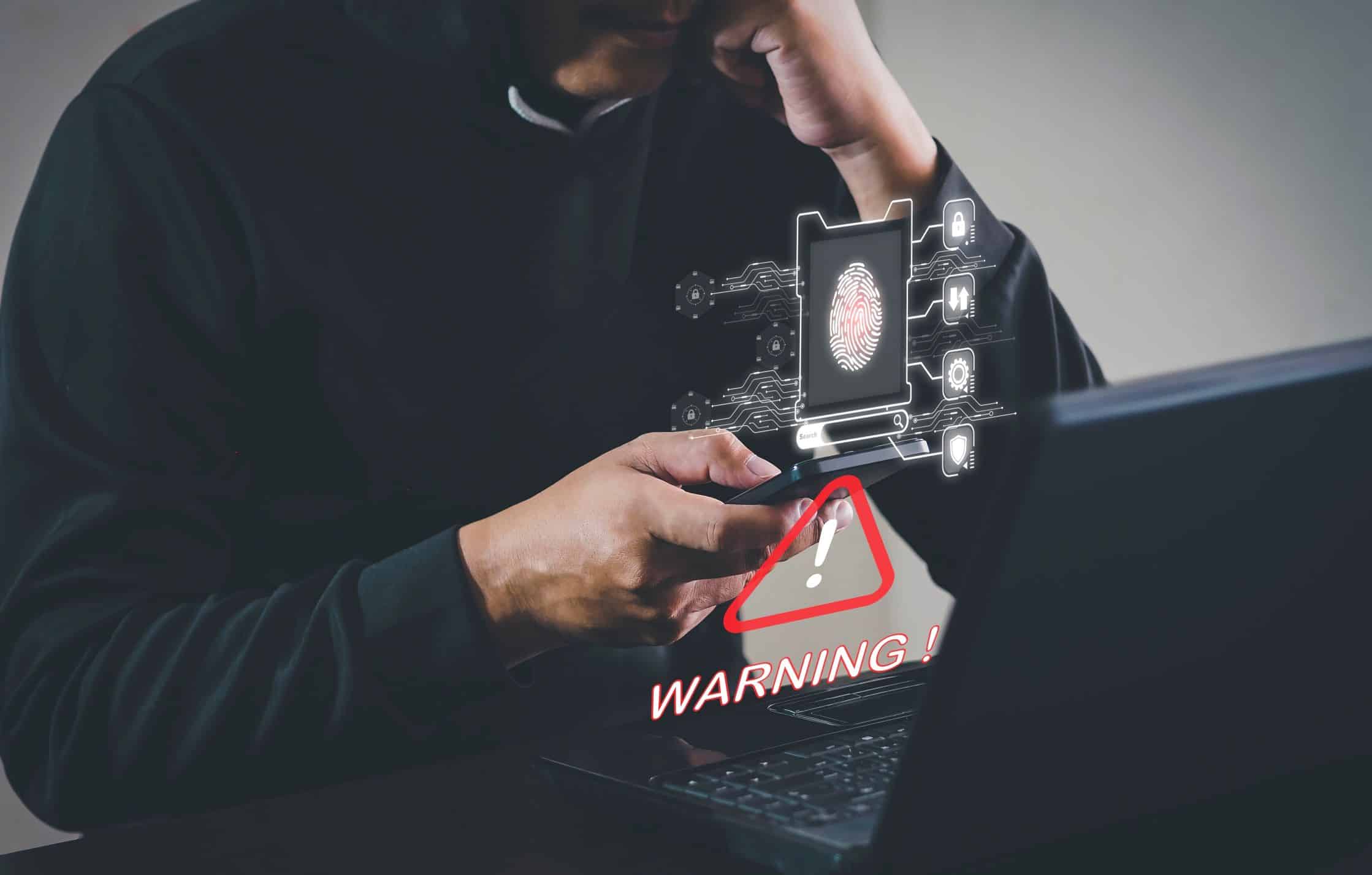
In light of the constantly evolving cyber threat landscape, businesses are becoming increasingly aware of the need to protect their assets and sensitive data from cyber-attacks. If you’re a CISO, VP of cybersecurity, or IT director, it’s essential that you have an understanding of the importance of vulnerability security scanning for endpoint management. This blog will provide in-depth insights into why vulnerability security scanning is essential for the protection of your endpoints.
Endpoint Management and Vulnerability Scanning
Endpoints refer to all devices connected to your network, including laptops, desktops, mobile phones, and servers. Effective endpoint management plays a pivotal role in bolstering an organization’s cybersecurity strategy. A compromised endpoint within your network can have severe consequences, including data breaches and malicious activities. Therefore, ensuring robust endpoint management is paramount to safeguarding your valuable assets.
Vulnerability security scanning for endpoint management helps to protect your network from potential cyber threats by identifying vulnerabilities in the system. Vulnerability scanning is directly tied to endpoint management as it forms the protective layer that guards the individual access points to a network. These access points, or endpoints, can be anything from servers and laptops to smartphones. Through vulnerability scanning, potential weaknesses in these endpoints are identified, cataloged, and can be addressed before they are exploited by attackers. This process is an essential part of endpoint management because, without it, you cannot fully understand the risk posture of your endpoints.
The Importance of Vulnerability Security Scanning
A vulnerability security scan detects and locates known vulnerabilities and risks in your operating systems, applications, and devices. Using scanning tools, you can analyze both your hardware and software to identify security weaknesses that need to be remedied. By regularly conducting vulnerability scanning, you can identify and address any security vulnerabilities before attackers can exploit them.
The frequency of vulnerability scans can significantly impact an organization’s cybersecurity stance. As a best practice, vulnerability scanning should be performed at least quarterly. However, for higher-risk environments or organizations subject to certain compliance regulations, monthly or even weekly scans may be more appropriate. Regular updates to operating systems, applications, and security configurations all introduce potential new vulnerabilities, meaning regular scanning is crucial to catch these changes. In case of a significant change in the network, such as the addition of new hardware or software, an immediate vulnerability scan is recommended to ensure the integrity and security of the system.
The Benefits of Vulnerability Security Scanning
Vulnerability security scanning offers several benefits to enterprises. Firstly, through scanning, you can identify security weaknesses and patch or remediate them before attackers can exploit them. Additionally, regular scanning can help your business stay compliant with industry regulations and standards. It also provides peace of mind that your endpoints are protected and that your sensitive data is safe from cyber-attacks. Lastly, security scanning allows organizations to monitor and administer third-party applications on their endpoints. By having complete visibility of your endpoints, you can track any unauthorized applications that might put your organization at risk.
By continually scanning and monitoring endpoints for vulnerabilities, organizations can ensure that their network remains secure and that they are proactively defending against emerging threats.
Selecting the Right Vulnerability Scanning Tool
To ensure that you can adequately protect your endpoints, it’s essential to choose a vulnerability scanning tool that meets your business needs. Look for a tool that offers advanced scanning capabilities, fast and accurate identification of threats, audit capabilities, community support, and reports. It’s also crucial to choose a scanning tool that can integrate with your existing endpoint management tools and security systems to ensure smooth collaboration between your security teams.
A unified platform that integrates vulnerability scanning and patch management is beneficial as it streamlines the process of securing your network. This integrated approach allows for real-time identification of vulnerabilities and the timely application of necessary patches, thereby minimizing the window of opportunity for potential cyber threats. Moreover, a unified platform, like Syxsense, provides a centralized view of your network’s security posture, making it easier to monitor and control. This consolidation of tools can also result in cost savings, reducing the need for multiple standalone solutions. Overall, a unified platform for vulnerability scanning and patch management significantly enhances the efficiency and effectiveness of an organization’s cybersecurity strategy.
In conclusion, endpoint management is a crucial part of ensuring your organization’s cybersecurity posture is strong, and vulnerability security scanning is an integral component of that. By conducting regular scanning of your endpoints, you can identify and remediate any potential vulnerabilities and risks before attackers can exploit them. It’s essential to select the right scanning tool, which should offer advanced capabilities, be easy to use, and be compatible with your existing security systems. By doing so, you’re ensuring your organization’s continued protection against cyber-attacks.
To learn more about how Syxsense’s unified security and endpoint management platform can help you find and remediate the vulnerabilities in your environment, schedule a demo today.







